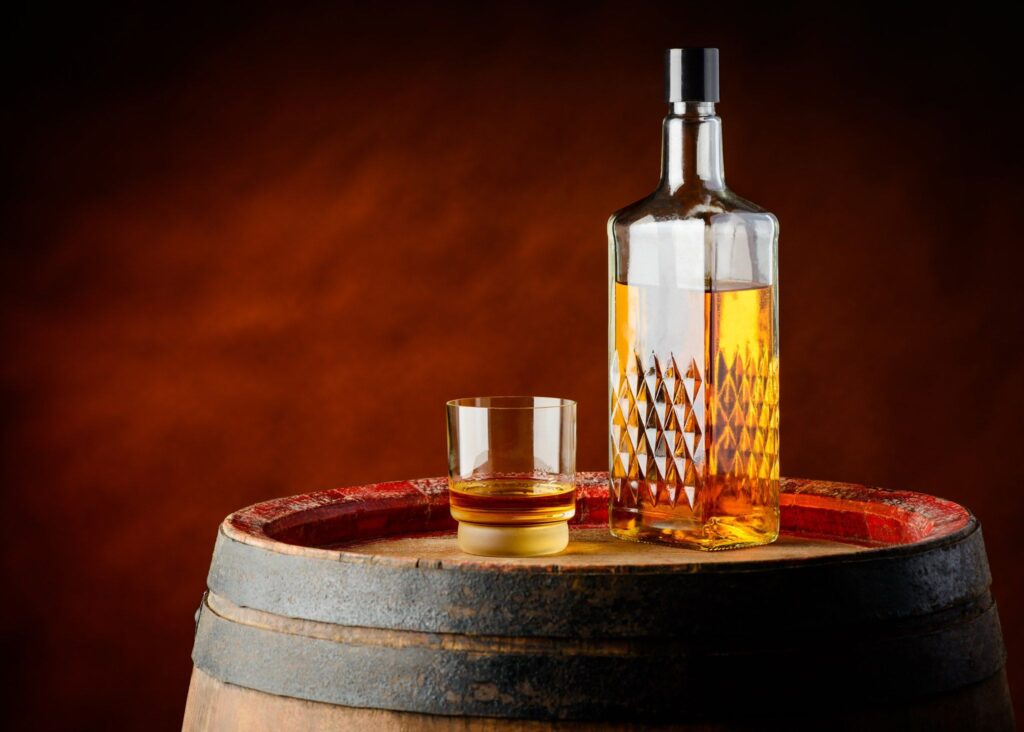The Scottish whisky business isn’t required to get twice as much use out of each barrel as the Bourbon sector does, and vice versa. You may be familiar with terms like “1st Fill,” “2nd Fill,” “3rd Fill,” and perhaps even “Virgin Oak,” but what do these terms indeed mean?

When a barrel is labeled with a certain number of fills, that only counts the times it has been refilled with whisky; previous Bourbon, wine, or spirits are not counted. Because Bourbon only spends two to four years in the barrel, it still has a lot of flavors to impart.
How long you want to let the whisky age in the barrel and how active you need the cask will determine the type and age of the cask you use. The wood impact on the mature spirit will be most significant from virgin oak barrels, as they have not been treated with heat beyond toasting or charring. This limits their usefulness to brief aging periods or as a finishing wine. Also, the distillery character will be overpowered by the cask influence in a first-fill European Oak Sherry cask. A second-fill cask may be preferable if a lengthy aging process is planned for the spirit. Third-fill casks are an option for those who want to give their spirits even more time to age.
When barrels are stored away for the night, they are essentially breathing. More evaporation loss will occur in casks made from more porous wood. At first, the spirit will be too immature to provide a pleasant experience. Charred wood serves as a filter, removing undesirable chemicals and opening up the heart to interact with components already in the wood. This subtractive maturation process might take anywhere from five to ten years.
After the spirit has matured past its juvenile stage, it will begin reacting with the wood and absorbing the flavors, a process known as additive maturation. When the distillery character and the barrel character merge to offer the greatest flavor, the spirit is ready for bottling, and the process begins again. remotepilot101.com
A longer maturation time may benefit from less active barrels since an activity cask may dominate the spirit before it reaches the sweet spot, causing the distillery character to be lost. An alternative barrel can be used to “finish” the nature if necessary adjustments need to be made.